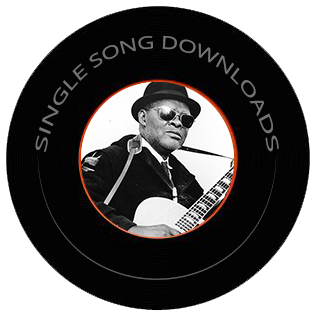
St Louis Tickle
Level: 2
Tuning: Standard
This surprising version modulates from C to the Key of G. The parts are related musically, but are very different in their tone. Part A, which has 16 bars, has the serenity, depth, and playfulness of Cocaine Blues, on which it is based. The right hand picking style is, basically, Cocaine Blues. Mainly it stays in the first position, and the bases are the same, always on the Low E and D strings. The difference is the chord progression, as it starts with two bars of G and G7. The second bar resolves on the C but immediately moves to F. He often hits the open low E string, either on the third beat of the second bar, or the fourth, in anticipation of the coming F. The fifth and sixth bars repeat the F, the seventh bar is D7 and the eighth is G. The is the part that sounds so much like Cocaine Blues. The second eight bars are the same, except the fifteenth bar contains the G, the last bar is the resolution of C.
Although he’s rolling along at a fast clip, Rev. Davis takes his time with the variations. He sometimes moves down from the G form C, fifth fret, to the D form F to C with the G on the high E, and then C7 (like Rag Blues in C) The second eight bars reverse the movement, going from the C with the high G, to F7 on the third fret to G7 of the fifth, landing on the G form C with the C note on the eighth fret. Both G parts imitate the two C parts, though not exactly. The low G part starts on the C form G, little finger on the high D, first string, tenth fret. Then it’s down to the E form C, eighth fret, the D form G to the E form G. For the IV chord, he uses, most of the time, the A form C. From the first chord, the C form G, high D, he walks up exactly as he does in the C part: D7 form C7, D7 form D7 to the high G form G, octave. He walks back down from that high G to the D form C, A7 form G, C form G. You will have understood a great deal of CAGED theory when you get this wonderful, inventive song under your fingers.
